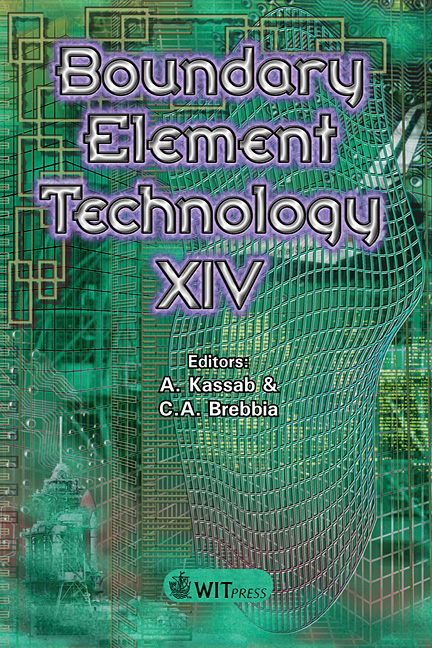Modeling Diffraction And Refraction Of Weakly Nonlinear Waves With The DRBEM Approach
Price
Free (open access)
Transaction
Volume
27
Pages
10
Published
2001
Size
972 kb
Paper DOI
10.2495/BT010361
Copyright
WIT Press
Author(s)
S.-P. Zhu
Abstract
The dual reciprocity boundary element method, since its birth about two decades ago, has been successfully applied to solve many engineering prob- lems. The application of this method to study the diffraction and refraction of water waves is one of many successful examples. However, most of the previous work has been concentrated on the diffraction and refraction of linear waves as they are relatively easier to deal with in comparison with the nonlinear waves. In this paper, a review of the application of boundary element method and the dual reciprocity boundary element method in this area is given first. Then, some recent progress in modeling the diffraction and refraction of weakly nonlinear waves will be reported. For a handful of papers in the literature, in which the nonlinearity was considered, the technique of marching with time was common
Keywords





